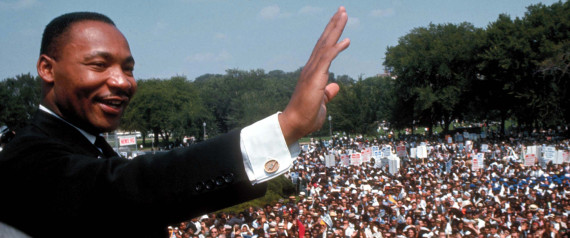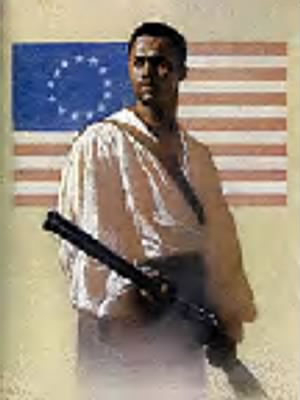Posts Tagged ‘American history’
Did a Fear of Slave Revolts Drive American Independence?
FOR more than two centuries, we have been reading the Declaration of Independence wrong. Or rather, we’ve been celebrating the Declaration as people in the 19th and 20th centuries have told us we should, but not the Declaration as Thomas Jefferson, Benjamin Franklin and John Adams wrote it. To them, separation from Britain was as much, if not more, about racial fear and exclusion as it was about inalienable rights.
Read MoreProtecting history: Meet MKE’s rare books librarian (and ABHM Board member)
Maria Cunningham is Milwaukee Public Library’s new Rare Books Librarian and a member of the Board of Directors of the Dr. James Cameron Legacy Foundation, which operates ABHM. She talks about her early fascination with rare books and what excites her about the job.
Read MoreMalcom X Suggests Cure To Racism In Newly-Discovered Handwritten Letter
A letter that was recently discovered is said to have been written by civil rights activist Malcolm X.
Read MoreTexas Mother Teaches Textbook Company a Lesson on Accuracy
A black mother blasted a textbook on social media after her child discovered a line that said Africans were brought to the US as workers.
Read MoreCommemorating 52nd Anniversary of the March on Washington
It is not an overstatement to remind the current generation in our country that Dr. King, and so many, many others, “marched” so that it would not be necessary 52 years later for our children and grandchildren to march to tell our nation TODAY, that “Black Lives Matter.”
Read MoreRhode Island Church Taking Unusual Step to Illuminate Its Slavery Role
One of the darkest chapters of Rhode Island history involved the state’s pre-eminence in the slave trade. That history will soon become more prominent as the Episcopal diocese here, which was steeped in the trans-Atlantic slave trade, establishes a museum dedicated to telling that story.
Read MoreABHM featured on Milwaukee Public Television
The August 5, 2015 MPTV program Trippin’ includes a virtual visit to ABHM and describes the rich historical and contemporary resources to be found on the site. Three other Wisconsin museums that exhibit local and national black history are also visited.
Read MoreTexas officials: Schools should teach that slavery was ‘side issue’ to Civil War
Five million public school students in Texas will begin using new social studies textbooks this fall based on state academic standards that barely address racial segregation.
Read MoreThe American Revolution was not a whites-only war
The political freedom resulting from the war was earned on battlefields at Lexington and Concord, at the Battle of Bunker Hill and beyond, with the help of black soldiers, both free and enslaved, who fought with the Continental Army.
Read MoreMichelle Obama Tells Grads Not to Let Hate and Insults Stand in Their Way
In her commencement speech to the graduating class, the first lady shared what she has overcome at the White House and encouraged members of the senior class to have faith in themselves.
Read More






